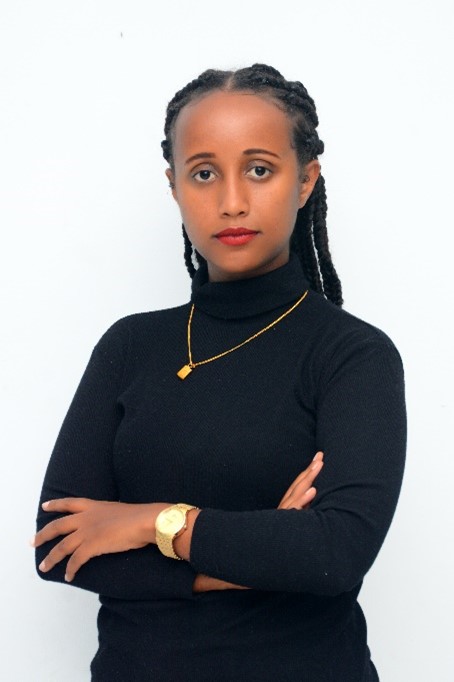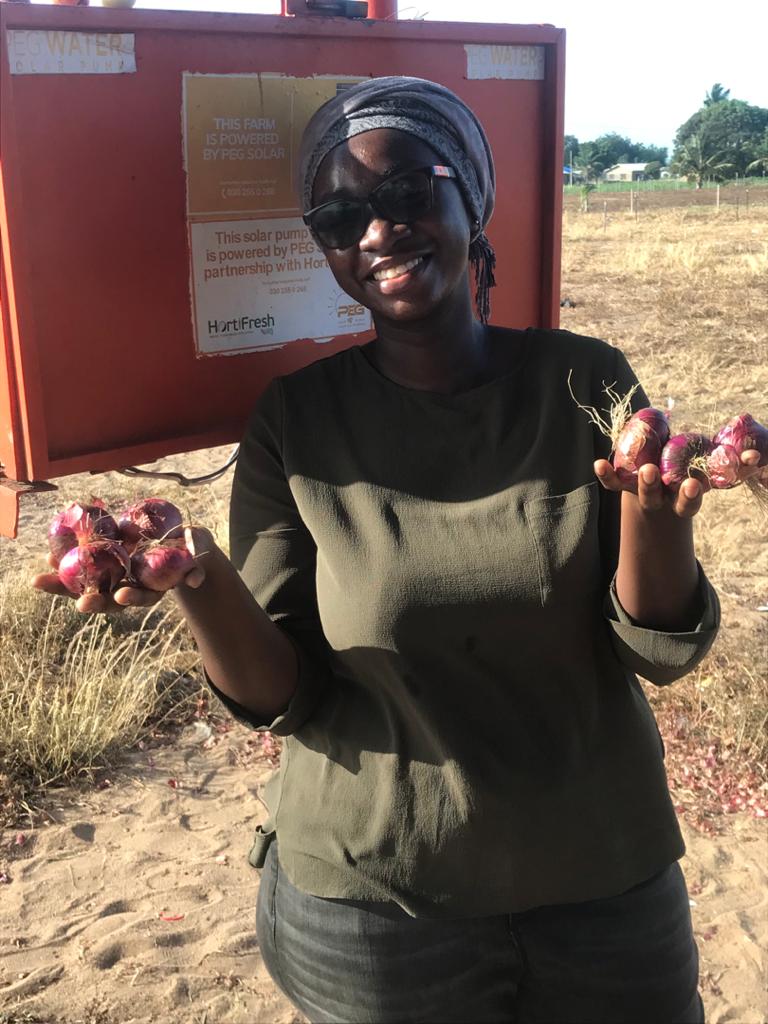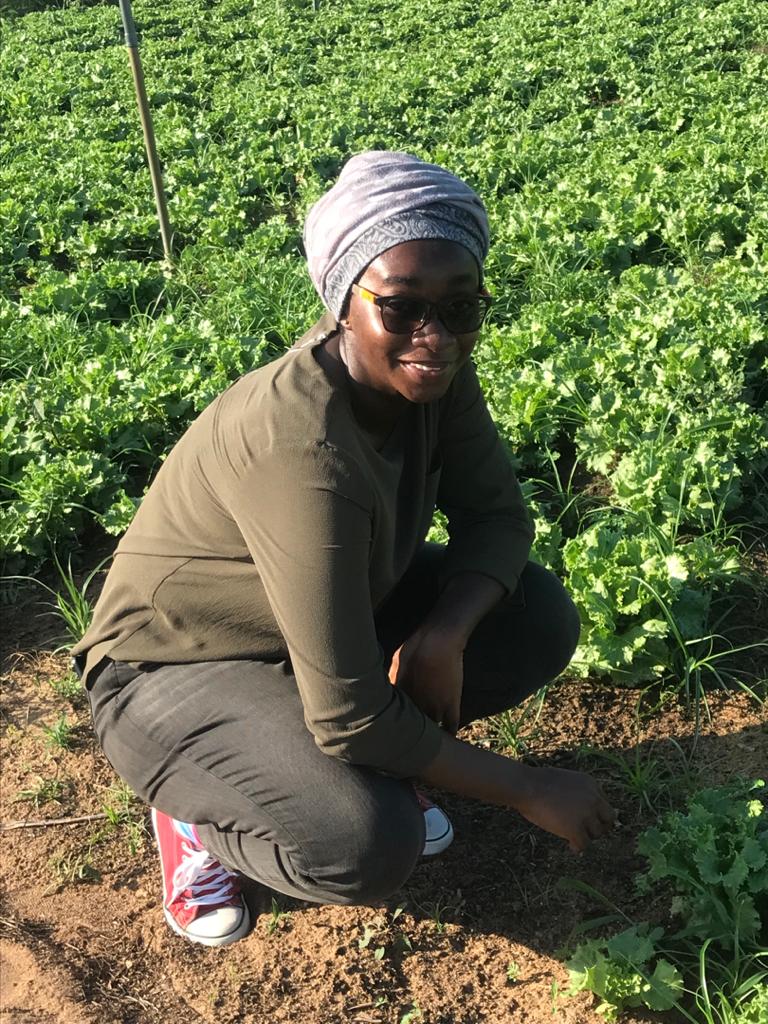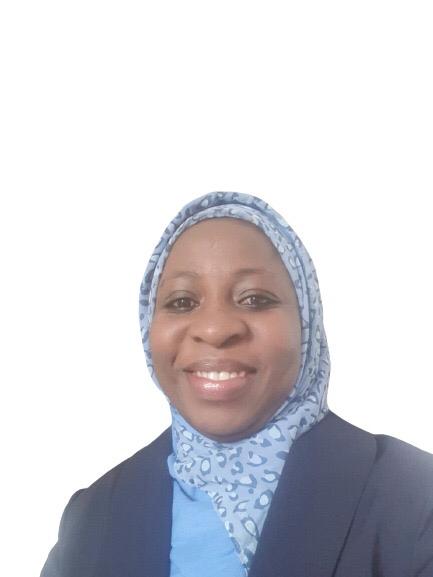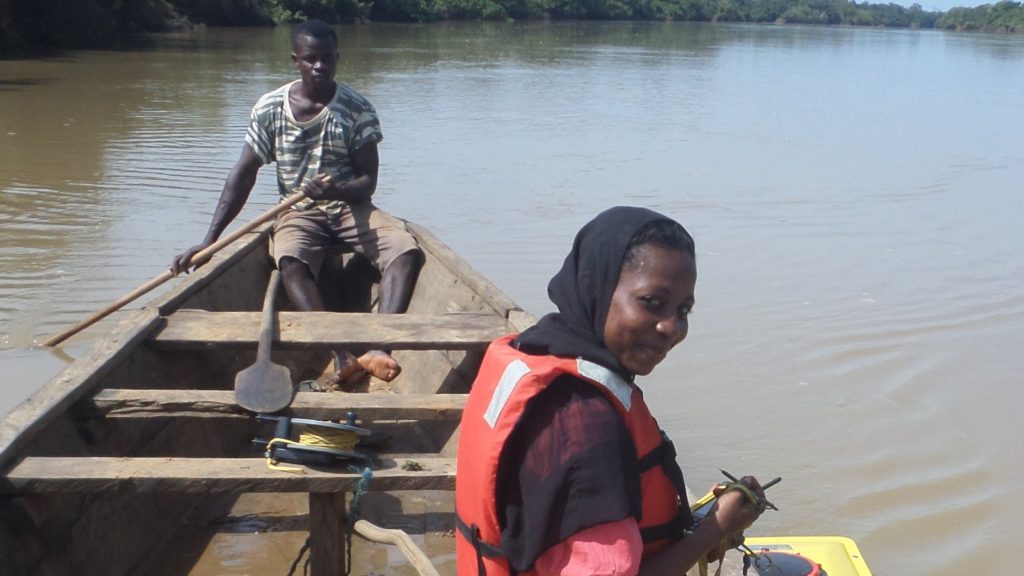Mekuanint Tadilo, graduated with his BSc degree in Animal Sciences from Metu University, College of Agriculture and Forestry in 2019 and is currently working as an animal nutrition laboratory assistant and MSc student studying animal production at Bahir Dar University College of Agriculture and Environmental Science.
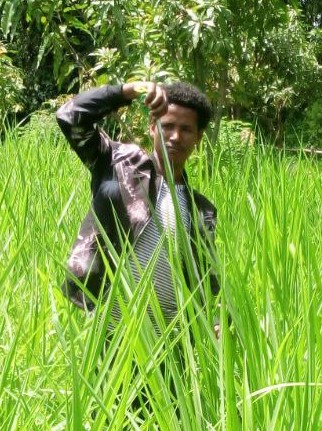
Why did you choose the discipline you work in? What pulled you towards this?
Livestock play a major role in smallholders’ livelihood by providing cash income, food, farm power, and other inputs such as manure to improve crop production in Ethiopia. However, the productivity of livestock is low due to feed shortages both in quantity and quality. The increasing demand for livestock products, together with the shortage of feed and of the complex layers of constraints posed by climate change, justifies the need for alternative feed production and supply systems in Ethiopia. This being the case, I chose this discipline, to study the effect of fertilizer rates on quantity and nutritional qualities of different forage varieties and to recommend the best quality fodders for livestock productivity and thereby improve farmers’ livelihood in the community and the region.
The ‘business-as-usual’ approach to livestock feed sourcing is no longer a viable option, and there is an urgent need to optimally use available land, inputs, water, and capital resources to produce high-quality forage for a sustainable livestock feed supply and production system.
What is your current focus of study? What social or economic changes do you hope to contribute to with your research?
Feed shortages have worsened due to limited investment in feed and forage development as well as the increased urbanization of cropland that has begun to encroach into grazing land. As a result, the ‘business-as-usual’ approach to livestock feed sourcing is no longer a viable option, and there is an urgent need to optimally use available land, inputs, water, and capital resources to produce high-quality forage for a sustainable livestock feed supply and production system. To mitigate feed shortages, the introduction and evaluation of adaptable and high-yielding forage crops by applying the manure and urea fertilizer that enable producers to get a large amount of fodder biomass with limited land and resources are essential. Moreover, the use of improved forages would reduce pressure on natural pasture and create higher productivity per area. With this research, farmers can learn the importance of fertilizers (organic and inorganic) for forage productivity in terms of quality and quantity to secure the shortage of feeds and incur income from feed and livestock products.
What is your view on the role of irrigation in Ethiopia’s future, especially small scale? How does this view influence your current work?
Irrigation is one way to improve farmers’ resilience under changing climatic conditions, through increasing feed and food production. Using available surface water and groundwater resources, small scale irrigation can positively contribute to intensifying crop–livestock mixed farming systems and a means of income generation for the smallholders in Ethiopia. Irrigated fodder production practice is not common in Ethiopia. Therefore, integration of irrigated fodder production with crop production to improve the livelihoods of the farmers is crucial.
What is your research about? What do you hope to learn from this experience?
My research focuses on the effect of animal manure and fertilizer on the agronomic performance, biomass yield and nutritional quality of different forage varieties under rainfed conditions in ILSSI project site. Napier grass (Pennisetum purpureum) (16791, 16819 and 16803), Panicum maximum 144, Desho grass (Pennisetum glaucifolium ArekaDZF590), Brachiaria (decumbens 10871, mutica 18659), Desmodium uncinatum 6765, Stylosanthes (hamata 75, scabra 140) forage varieties were selected for this research. To select the right forage varieties for the community, I will research the rate of fertilizer and/or manure or urea fertilizer that will be most beneficial for those forage varieties, as well as which forage varieties are more important in quality and biomass yield in small units of land.

